If you’re a regular reader of Autocar, you’re probably well-versed in the abbreviation WLTP. Worldwide Harmonised Light Vehicle Test Procedure is a new way of measuring vehicles’ fuel economy and emissions, and it has appeared on our pages for a number of reasons.
First, there’s been plenty of related news. For example, Audi sales in the UK fell by a fifth in 2018, due to WLTP. Porsche almost halved its sales in the first half of 2019, also due to WLTP. Plus, we’ve started to future-proof our first drive reviews and A-Z data pages by quoting only WLTP fuel economy and CO2 figures where possible, rather than those measured under the previous NEDC cycle.
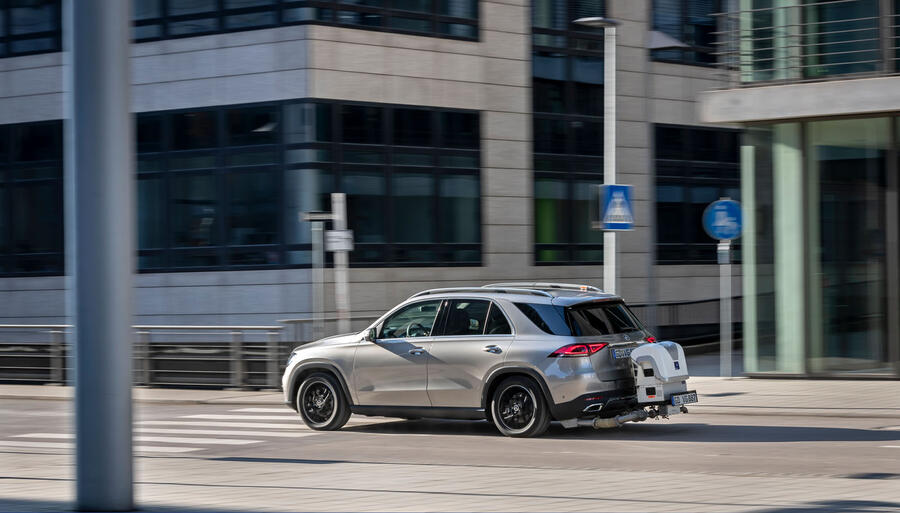
It’s easy to glaze over this stuff, but it’s important for car buyers because it can affect how much money’s in your pocket. What fuel consumption and CO2 figures should you be looking at to save a few quid or work out your company car tax: NEDC, WLTP, RDE? Confused? Then read on…
What is WLTP?
WLTP is a new testing procedure aimed at producing more real-world figures for fuel consumption and emissions than the outgoing one, NEDC (New European Driving Cycle). NEDC had been in play since the 1980s and, despite minor updates along the way, became outdated due to changes in technology and driving conditions.
Meanwhile, WLTP has been under discussion since 2008, with plans to finalise its regulation by 2018 and launch it by 2023. Then the Dieselgate scandal happened and the European Commission decided to accelerate the process, which gave car makers just 13 months to overhaul their models and complete all testing. WLTP became mandatory from 1 September 2018 for measuring CO2 emissions and fuel economy on all new cars in the EU. Confusingly, in the UK, labelling regulations meant that WLTP fuel economy values were introduced from 1 January 2019, but CO2 figures were not disclosed until 1 April 2020 to tally with changes in taxation.

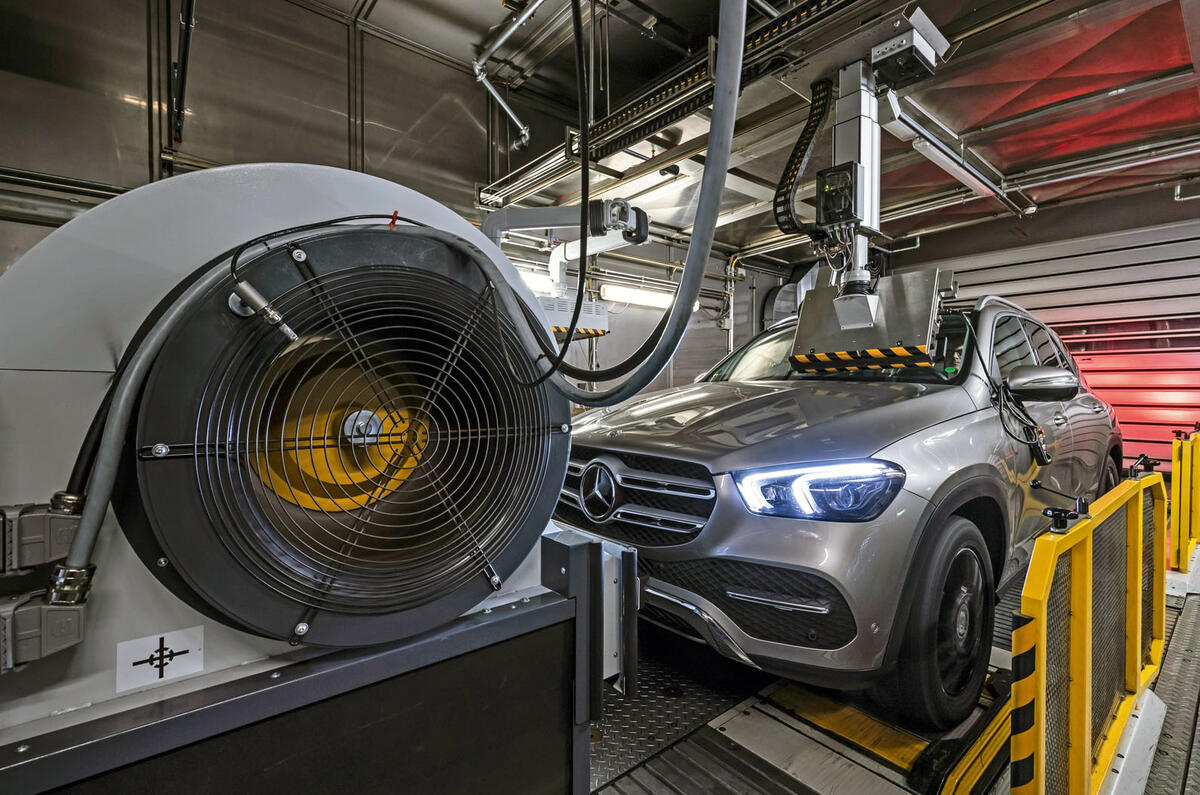
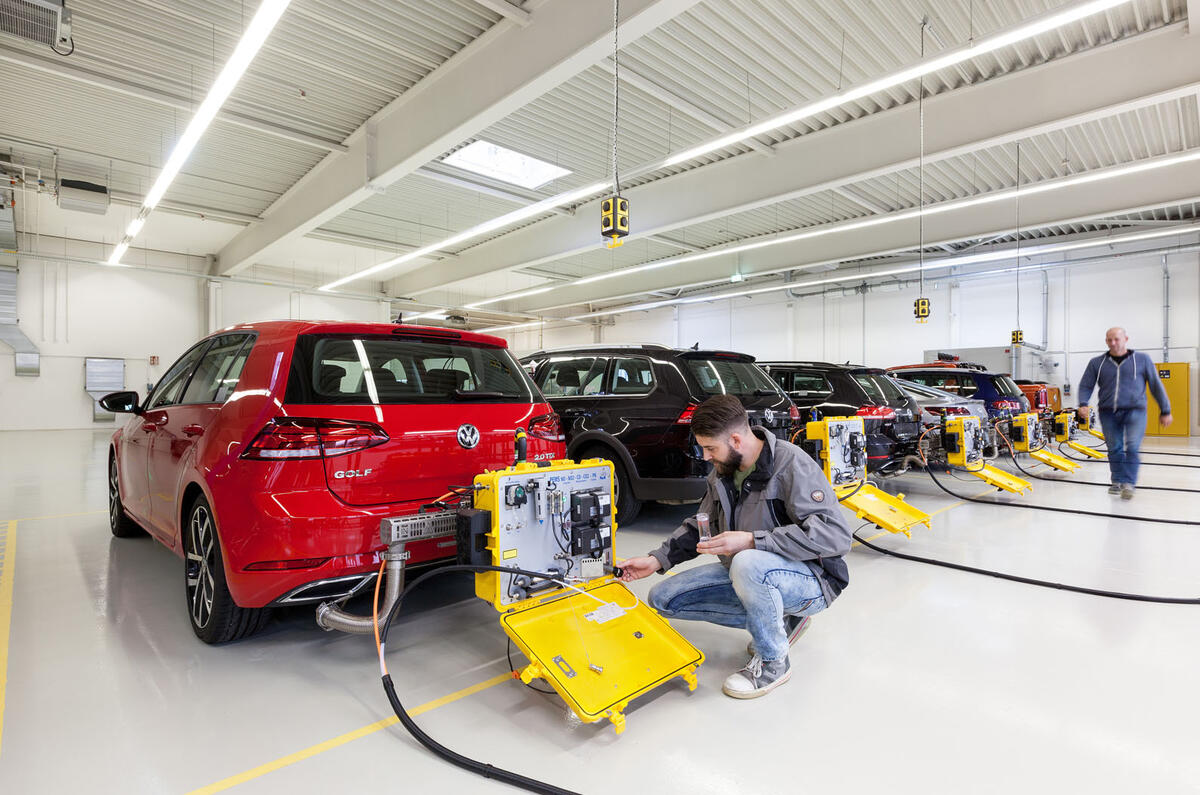

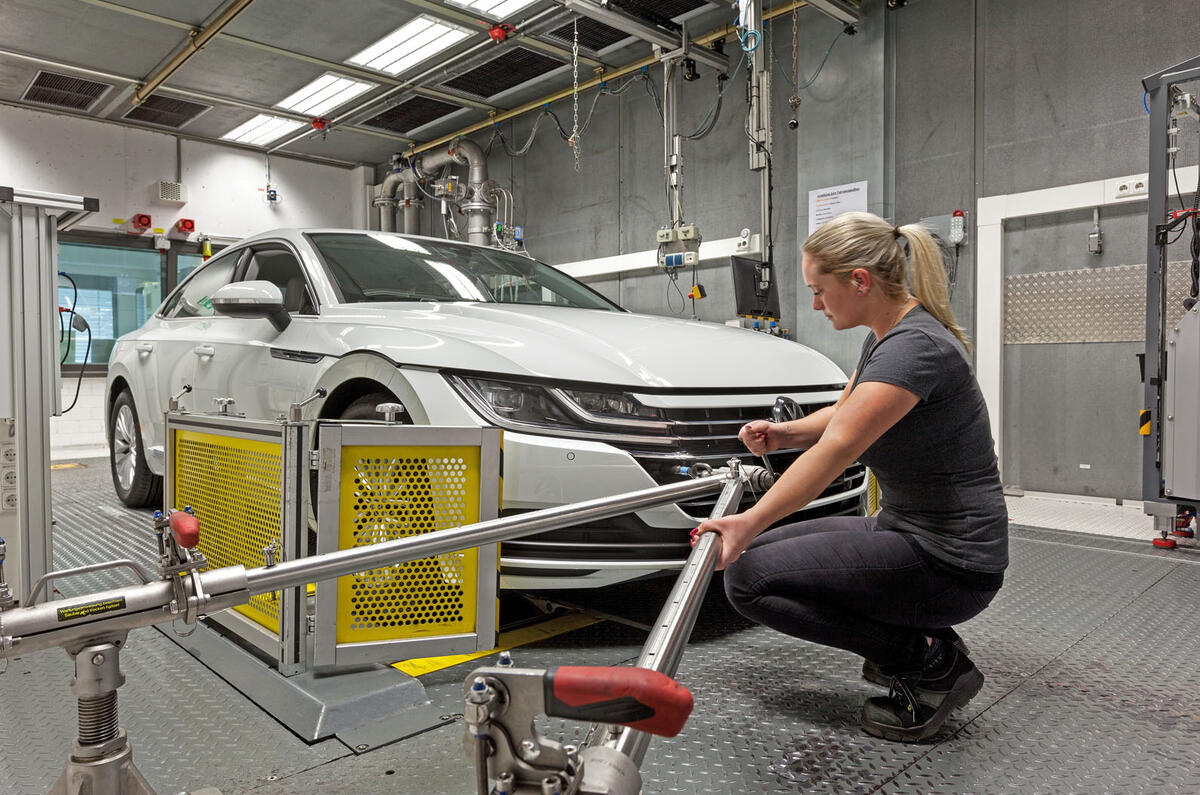
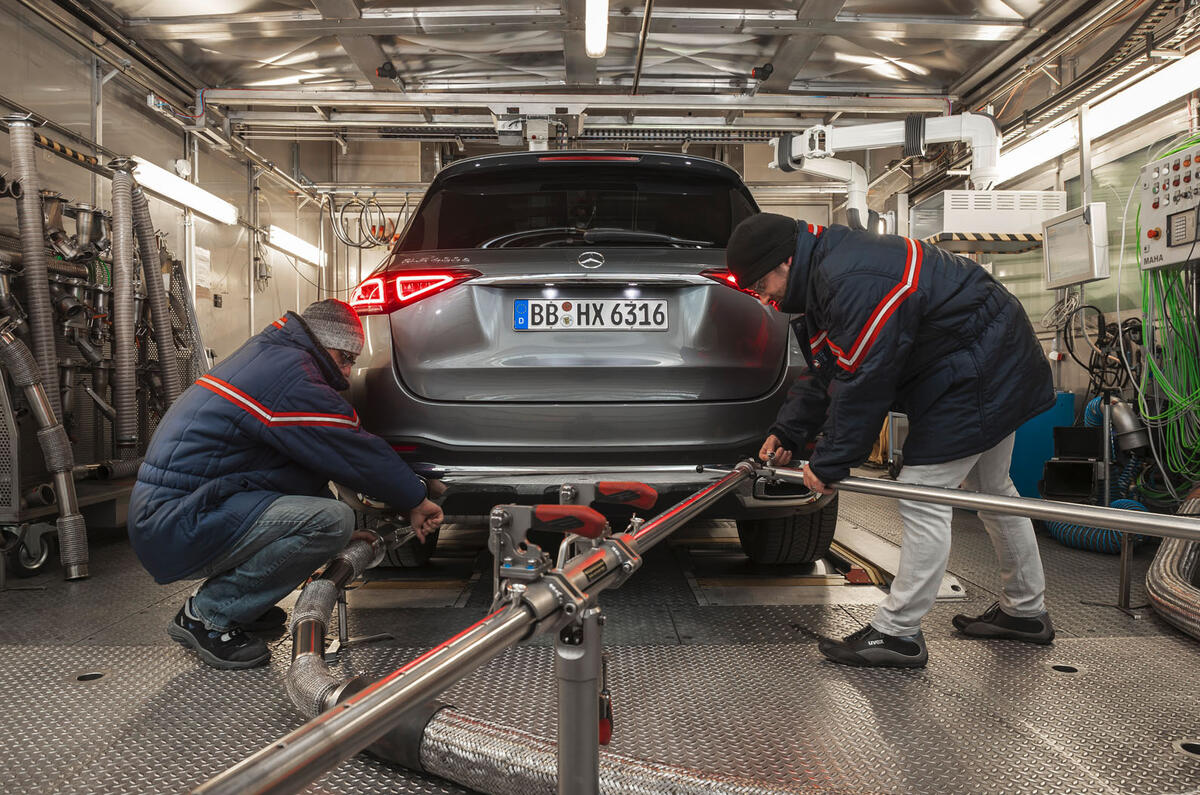
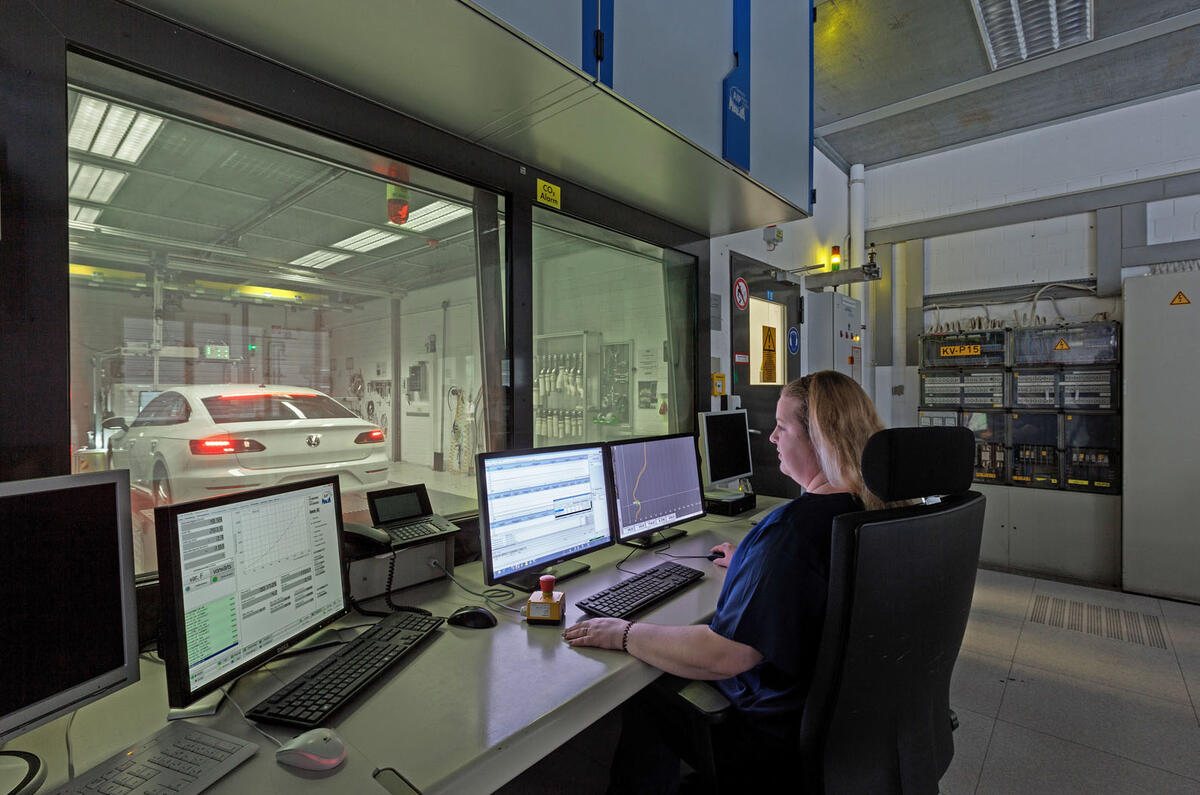
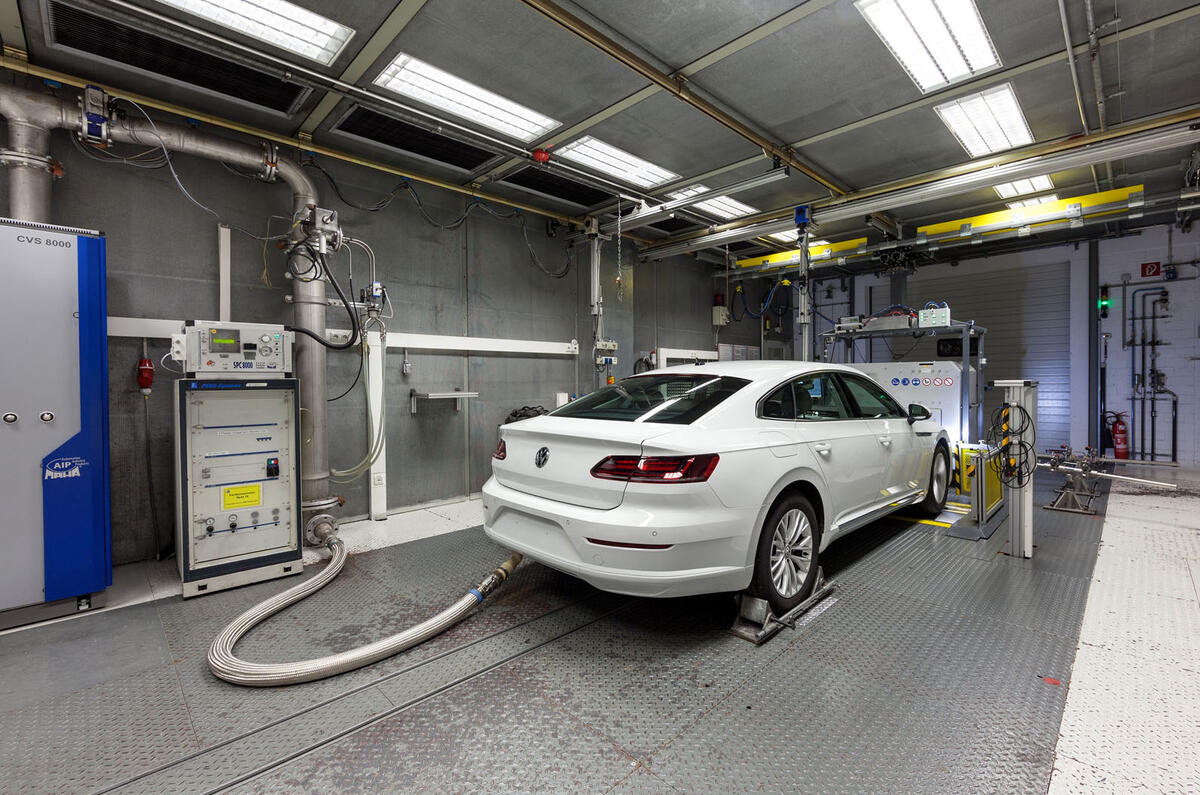
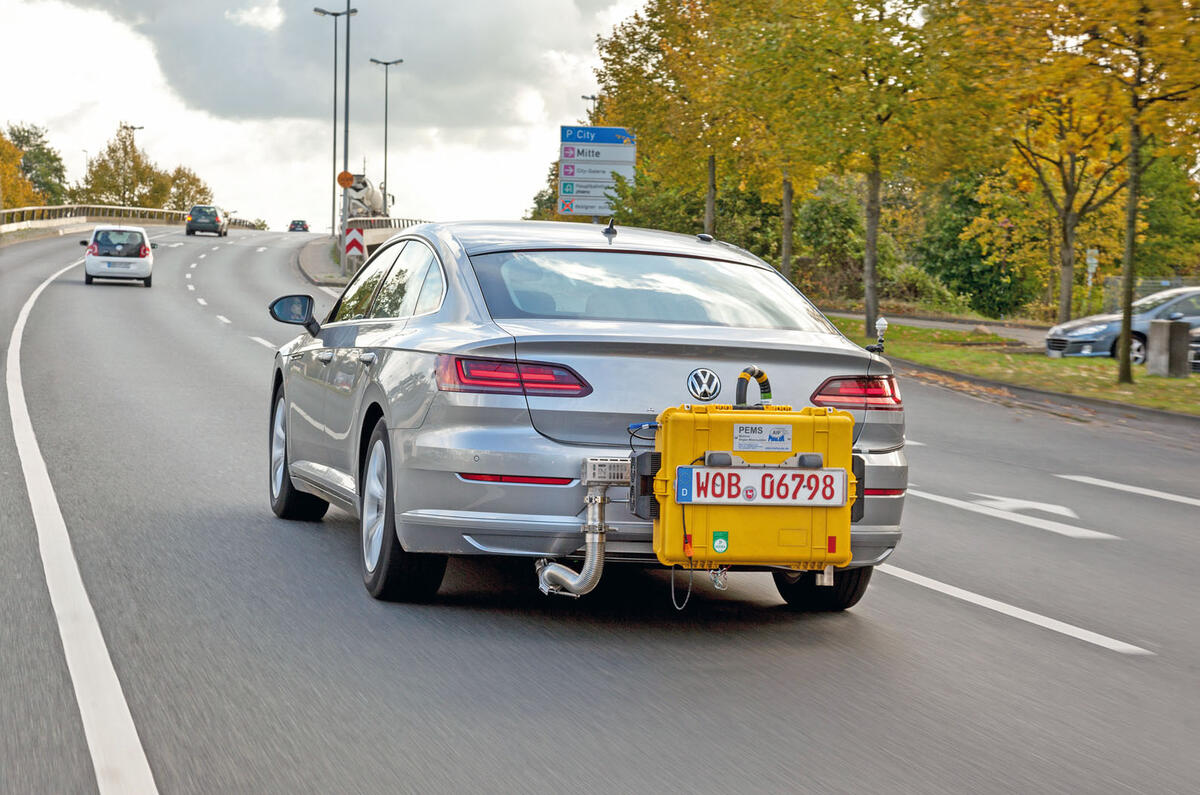
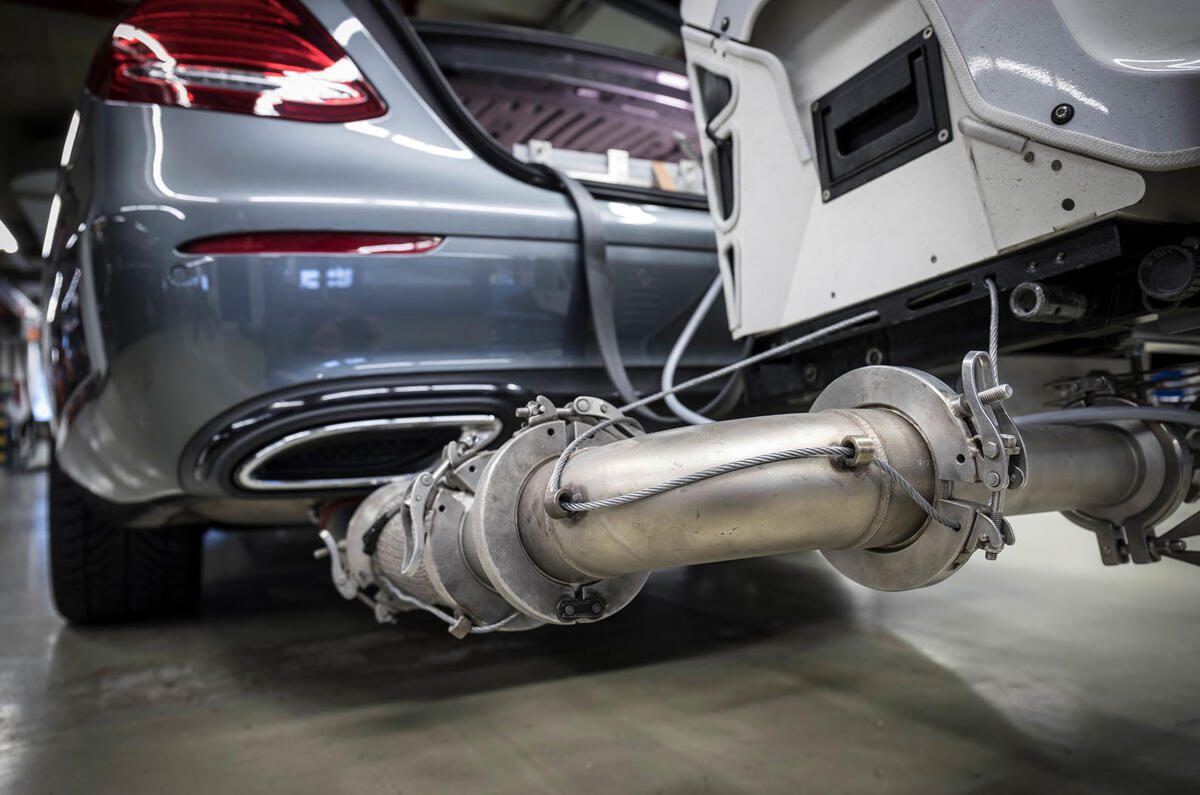

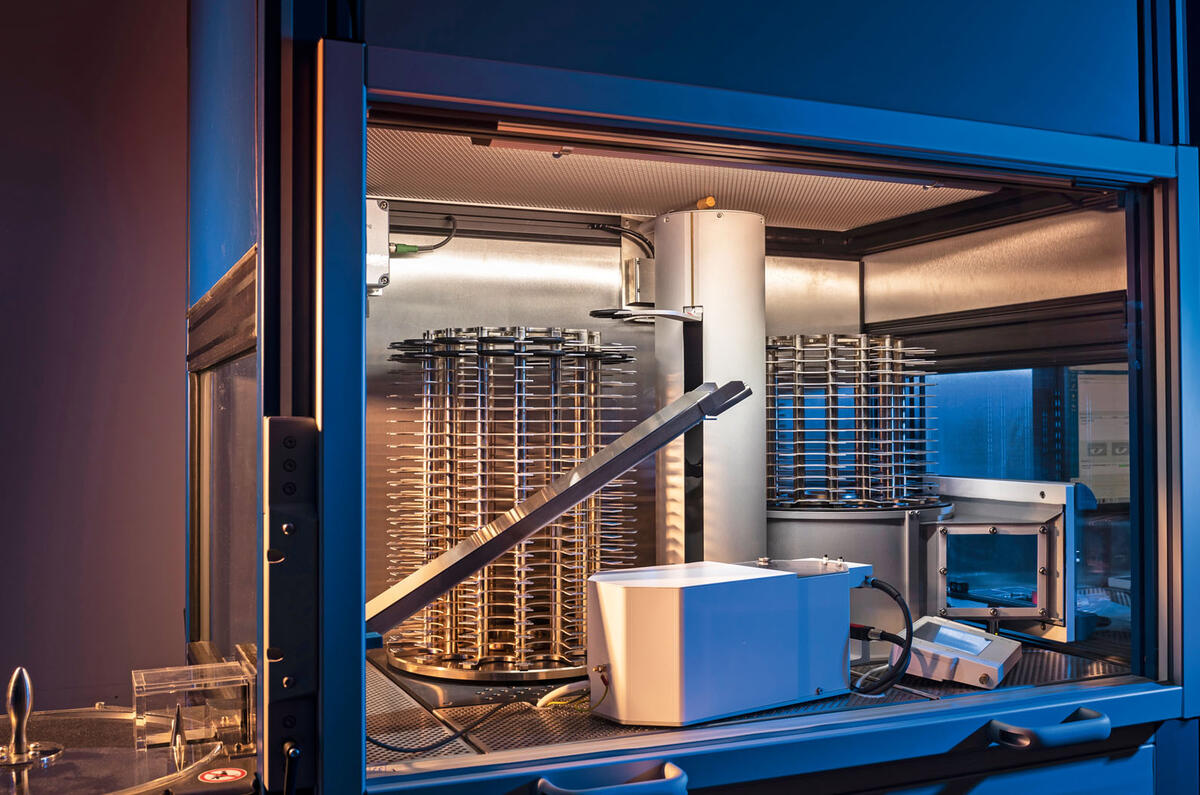
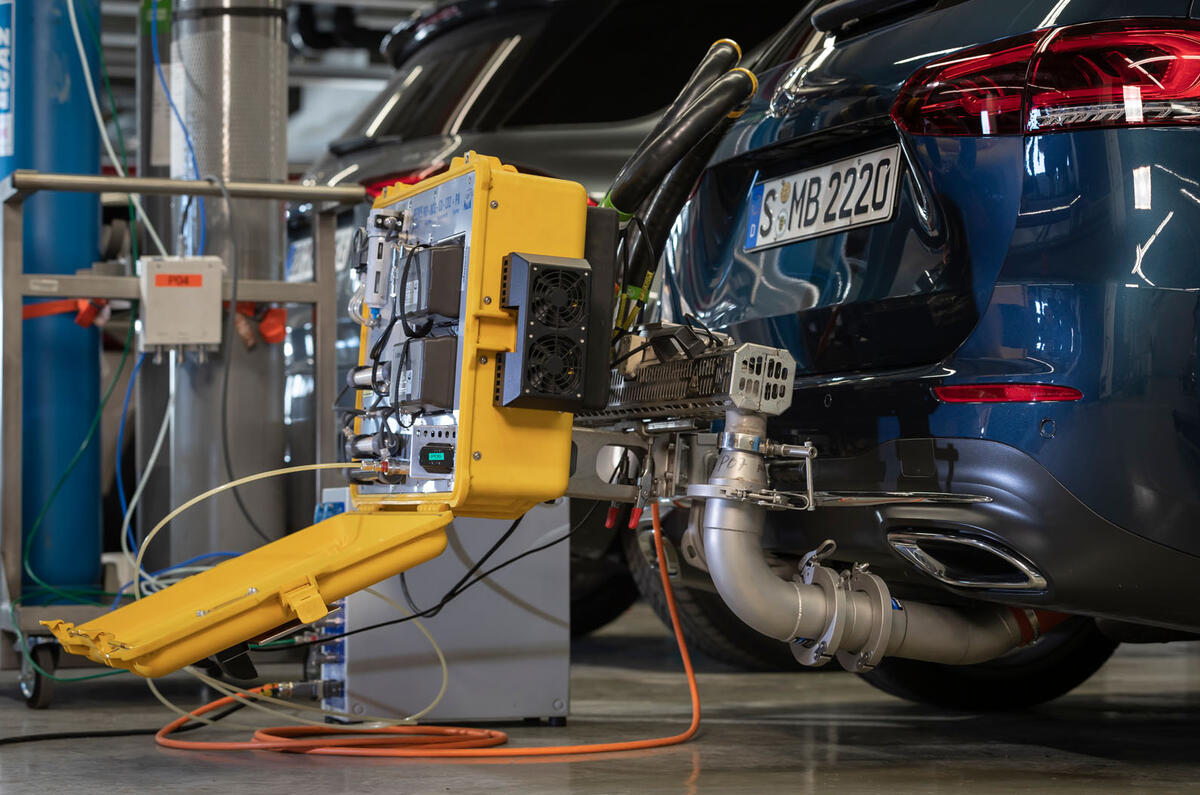
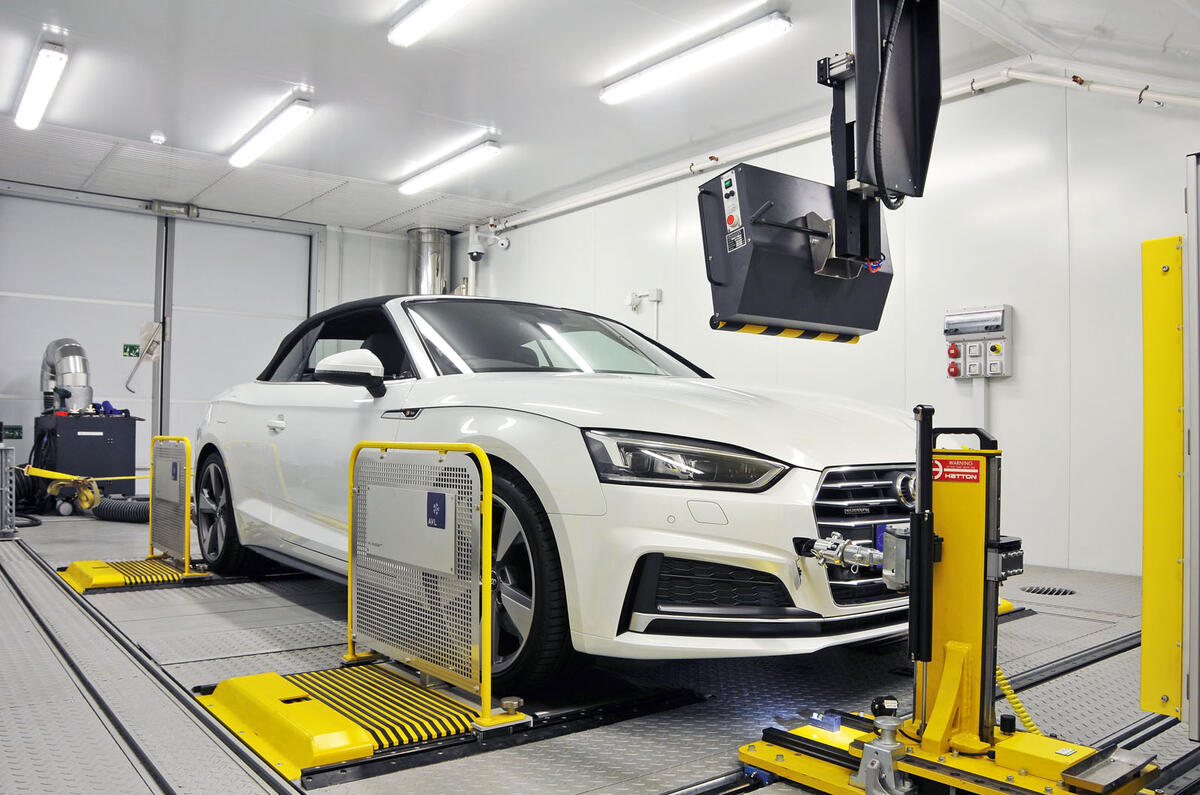
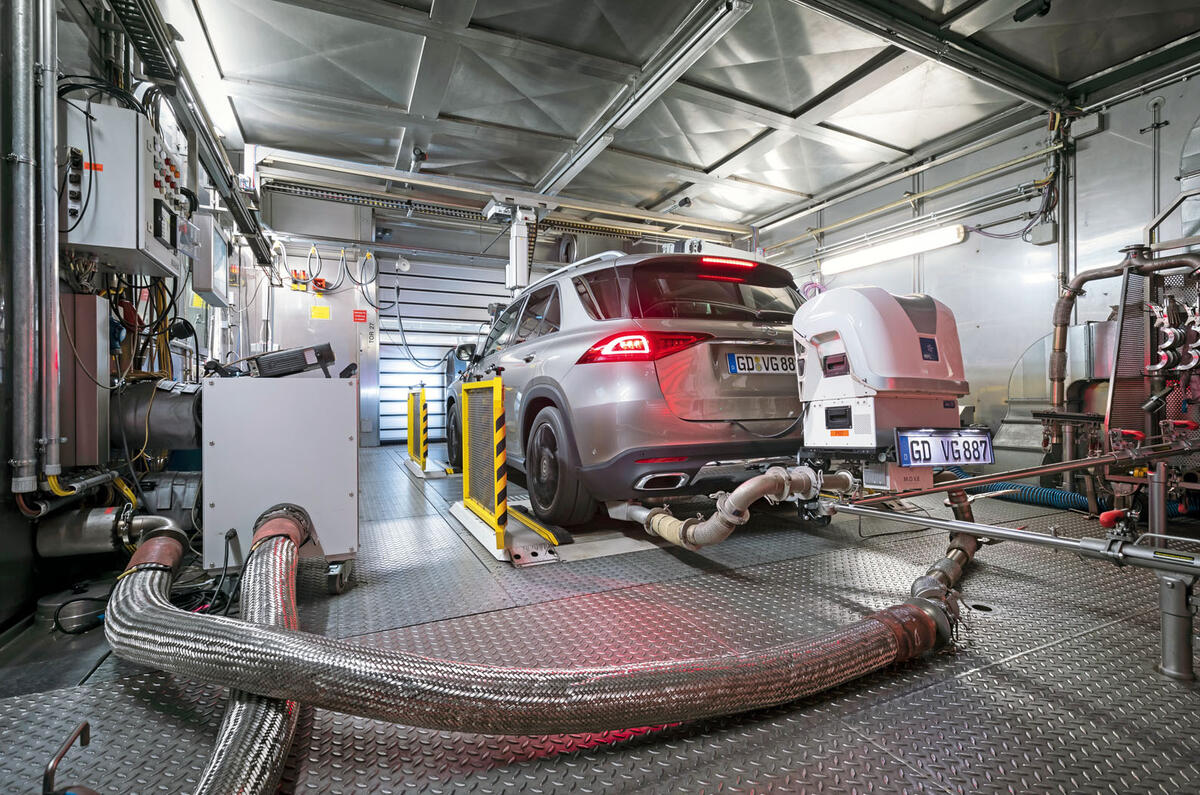
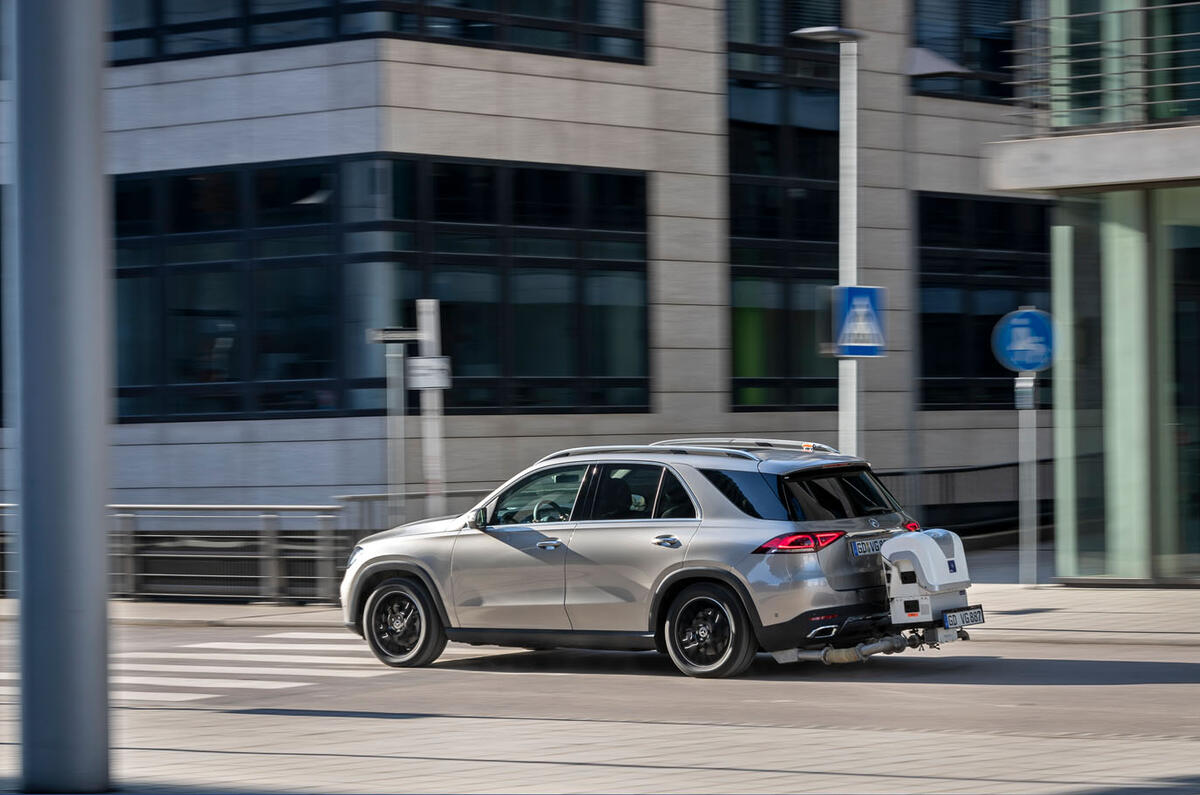

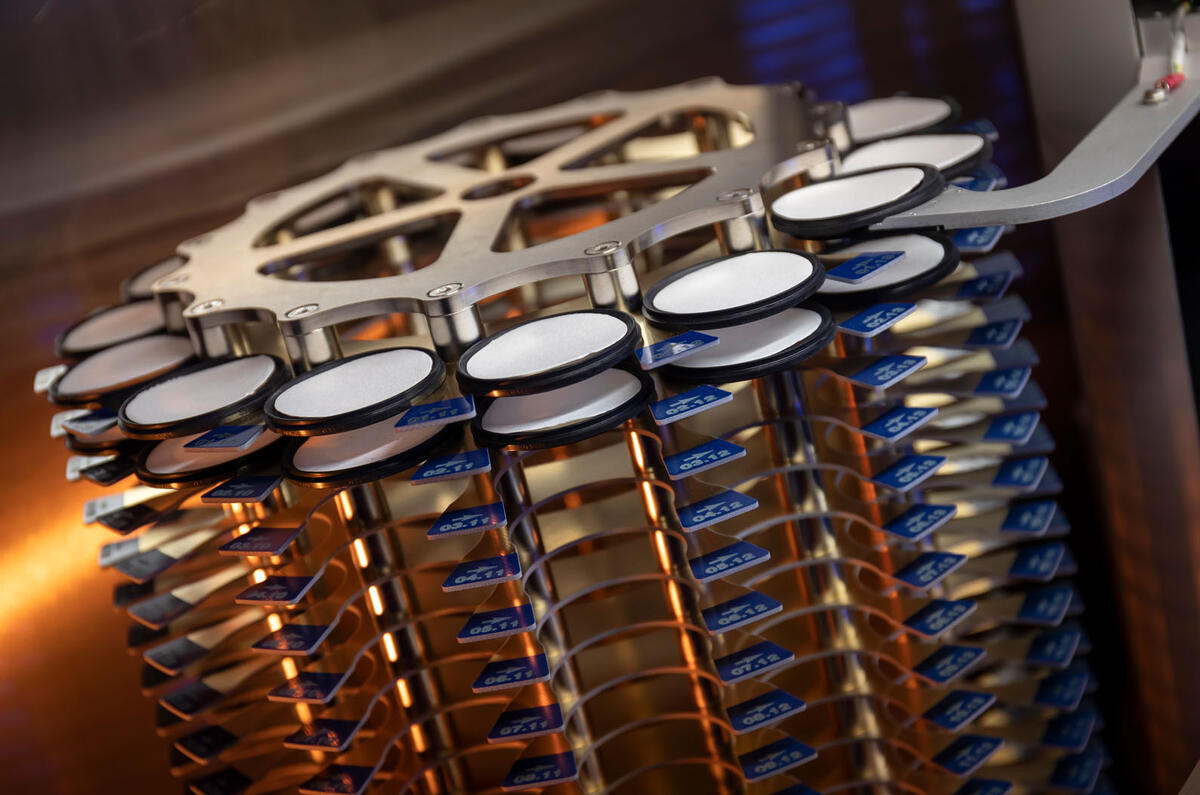
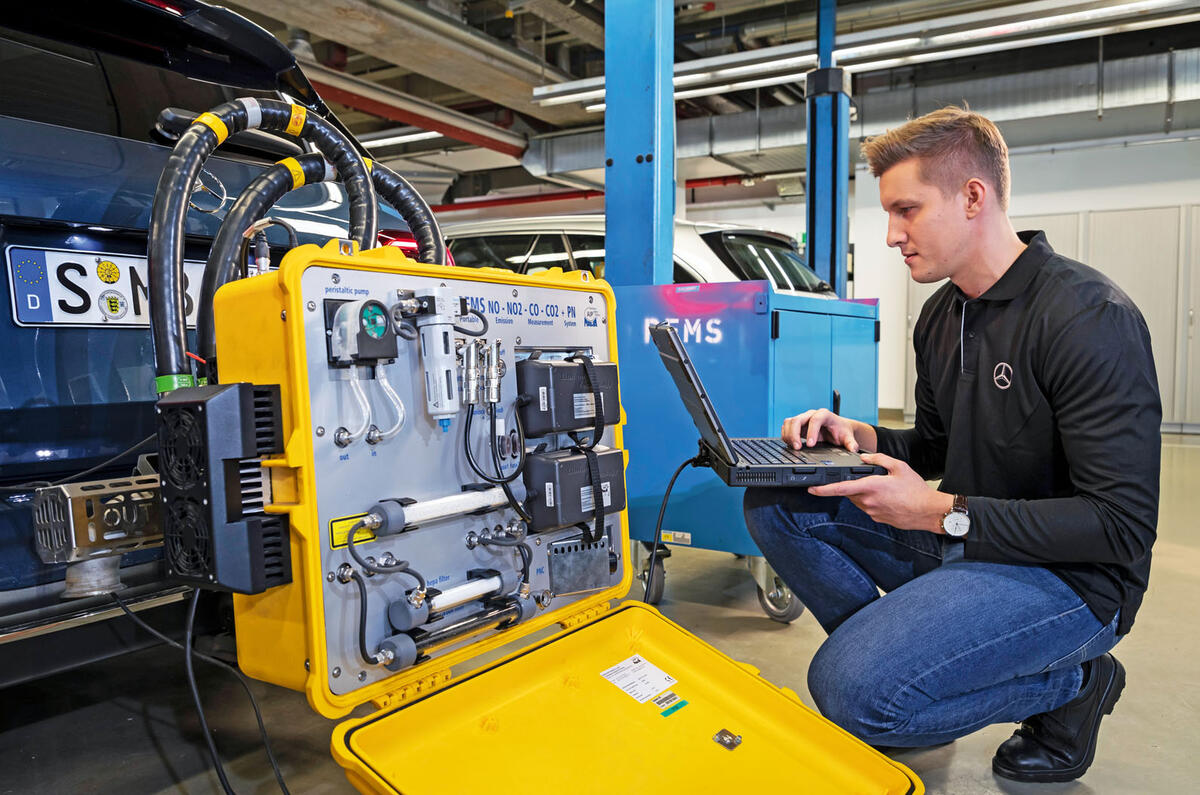

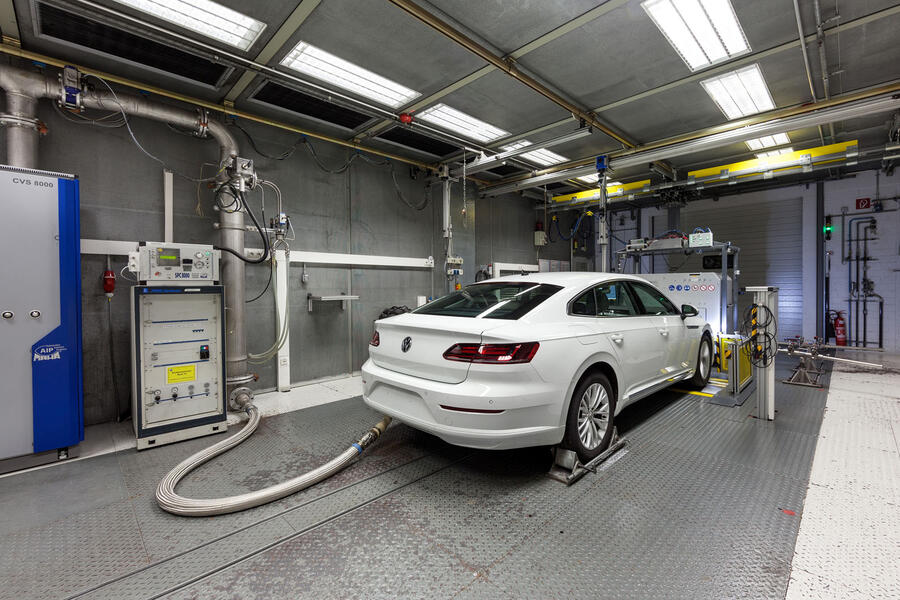
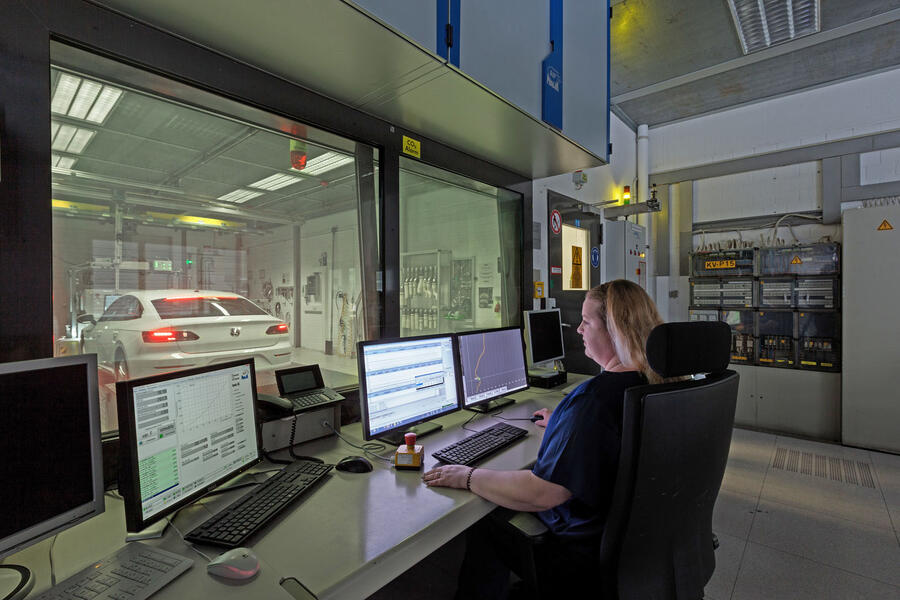
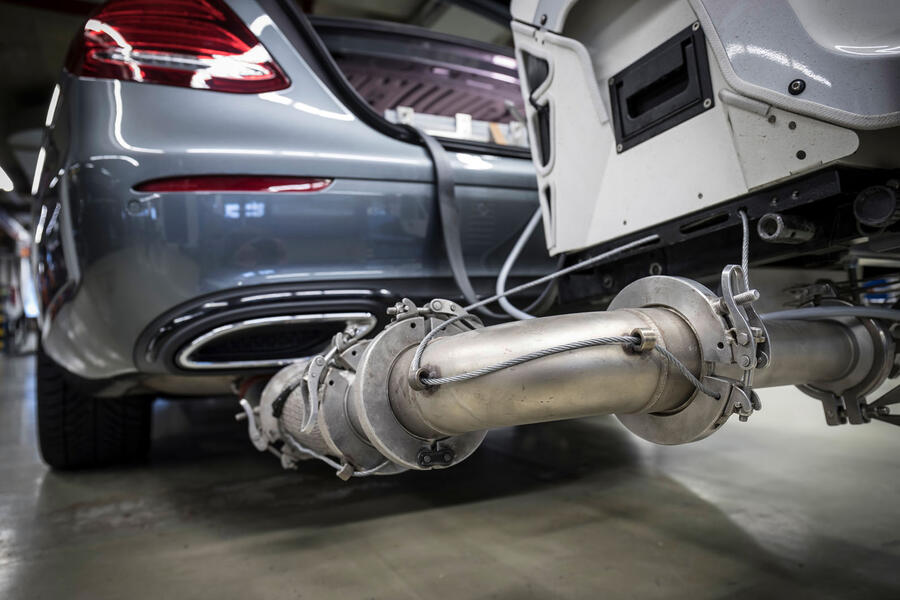
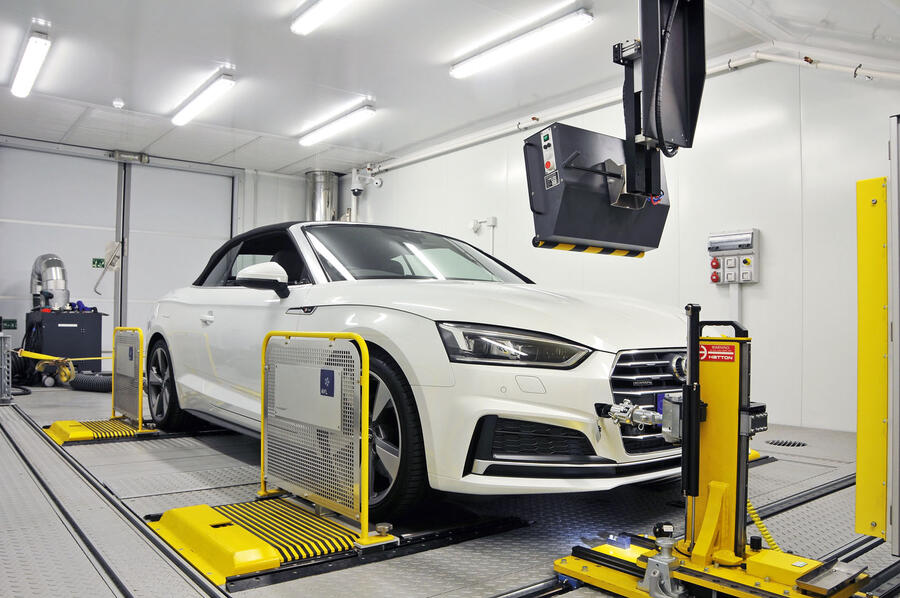
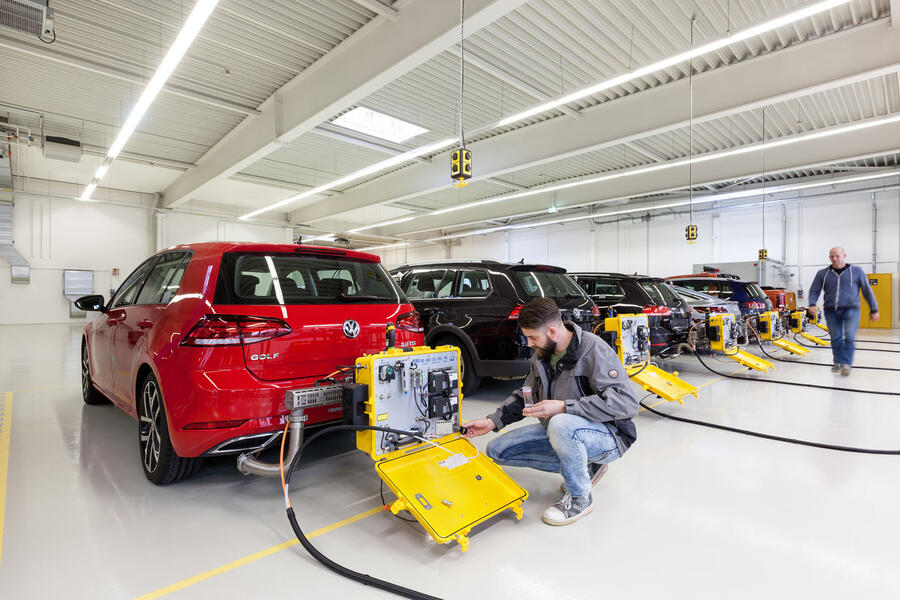

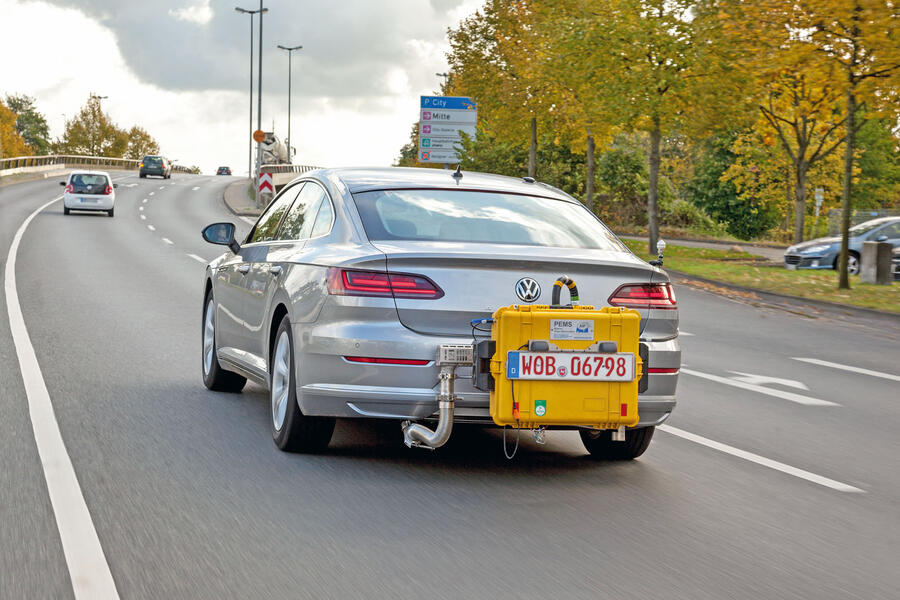
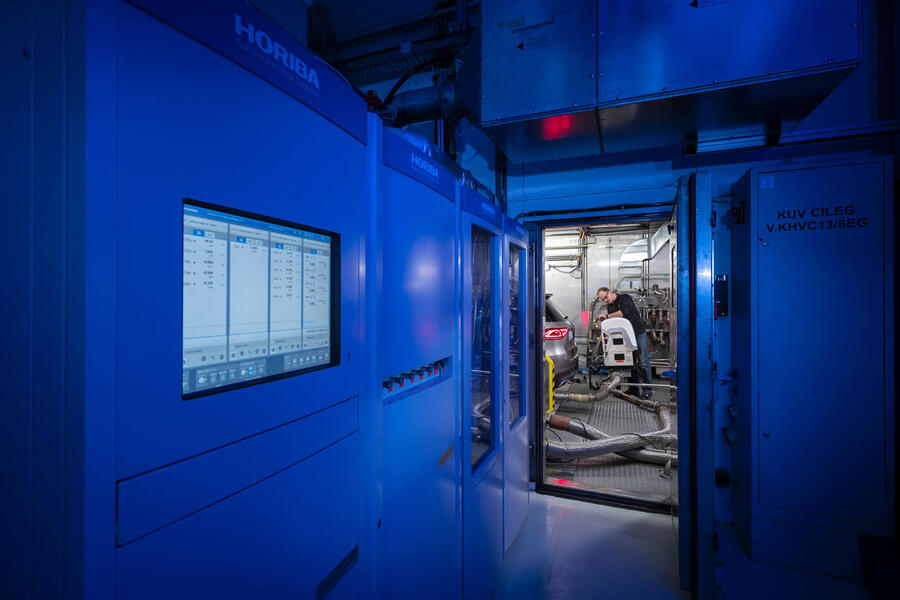

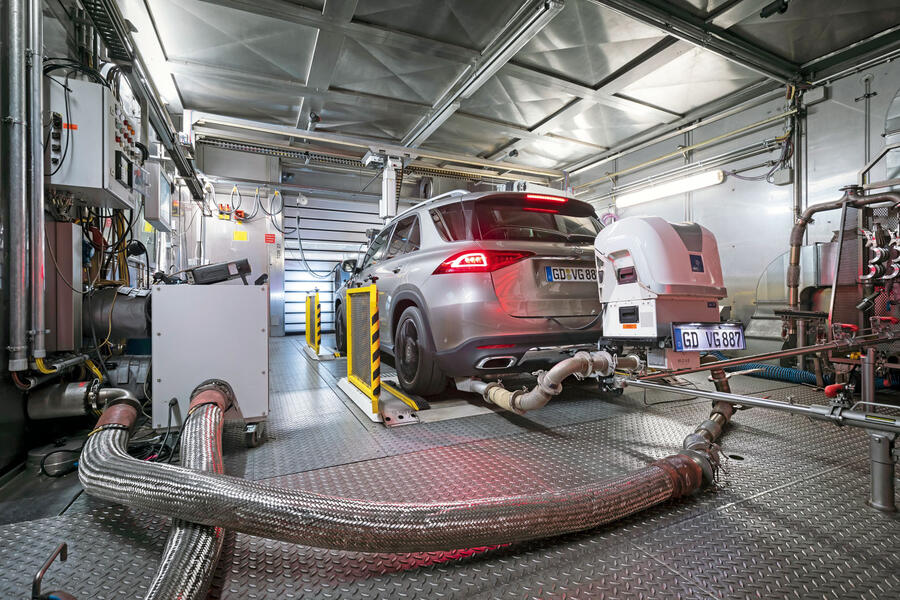

Join the debate
TS7
Great, in-depth article...
...but I've never bought a car based on emissions or fuel economy data, nor will I ever. Sure, there's some that will,but why do they even read automobile magazines and their respective websites. That's rhetorical, by the way, so the usual crowd can go perform coitus on themselves.
si73
TS7 wrote:
How fortunate you are, however, even a keen driver can pick a car that is more environmentally conscious and therefore cheaper to tax and run than competitors, also these figures will provide the information you will need if you are a company car driver which I am sure many keen drivers are, so surely you can realise that there would be many car enthusiasts who would read this kind of publication for which fuel economy and co2 figures are relevant.
As for this article, I agree, it is a good read and very in depth, but isn't it a farce that it is neither worlwoide or harmonised, and a shame also for car buyers that it has forced options to be grouped into packs so the manufacturers have less variations to test, as a buyer you are forced to pay more for a pack when only part of it is what you want.
perpmick
C02 Tax
You might change your mind if you lived here in France.
Any car registered if France for the first time pays a C02 Tax on top of all other taxes. This includes any second hand imports, although for each year from new the has aged you get a 10% discount .
A 130 C02 reading €140 , you may think OK.
Get to 160 C02 €3113
Anything over 191 C02 €10500 . Any car over 190 C02, no matter how old pays €160 per year !!!
I always look at the C02 reading now
Bazzer
JLR
Ok, I need educating on something. JLR is considering buying minicab operator Addison Lee for around half a billion (and, as usual, Autocar aren't running the story!). Can someone tell me why JLR are so interested? Is this something to do with autonomous cars (taxis)?
fellwalker
RDE will make a difference with big cars
Regrettably I had a volvo XC60, and its economy was abysmal; under half its NEDC figure. Some part of that was the weight - if it hadn't had to accelerate such a huge mass the engine might have come closer to the official figure. (But it wasn't close even at a steady speed, so there was a rabbit away somewhere)
The WLTP is still a static test so as far as I understand, it does not account for accelerating mass. Will heavier cars such as SUVs have wildly differing WLTP and RDE figures?
Peter Cavellini
The future....
In the coming times what your transport does is going to matter, Range, not mpg is going to matter, if your car is for work mainly and depending on how toxic it is to the environment your going to pay more Bik , whereas if you can get the the same car that lowers the Bik you’d be better off financially.
Howard Ward
Aerodynamic Drag
Can someone explain how aerodynamic drag, which varies from car to car, is accounted for. And what about the measurement of range for EVs? Drag is the principal determining factor in assessing range at motorway cruising speeds.
LP in Brighton
Rolling road tests
Rest assured that both the mass of the car and its aerodynamic drag plus rolling resistance are accounted for with rolling road tests. My experience goes back a long way but drag was calculated by doing "coast down" measurements on real roads - and the mass of the car was represented by selecting the appropriate dynamometer inertia weight, so that the car accelerates and decelerates at exactly the same rate as it would on a road. The only difference is that there are no unpredictable influences such as wind, gradient, or wet surfaces. Rolling road testing is the only option if consistent results are a priority.
fadyady
Nice one
Add your comment